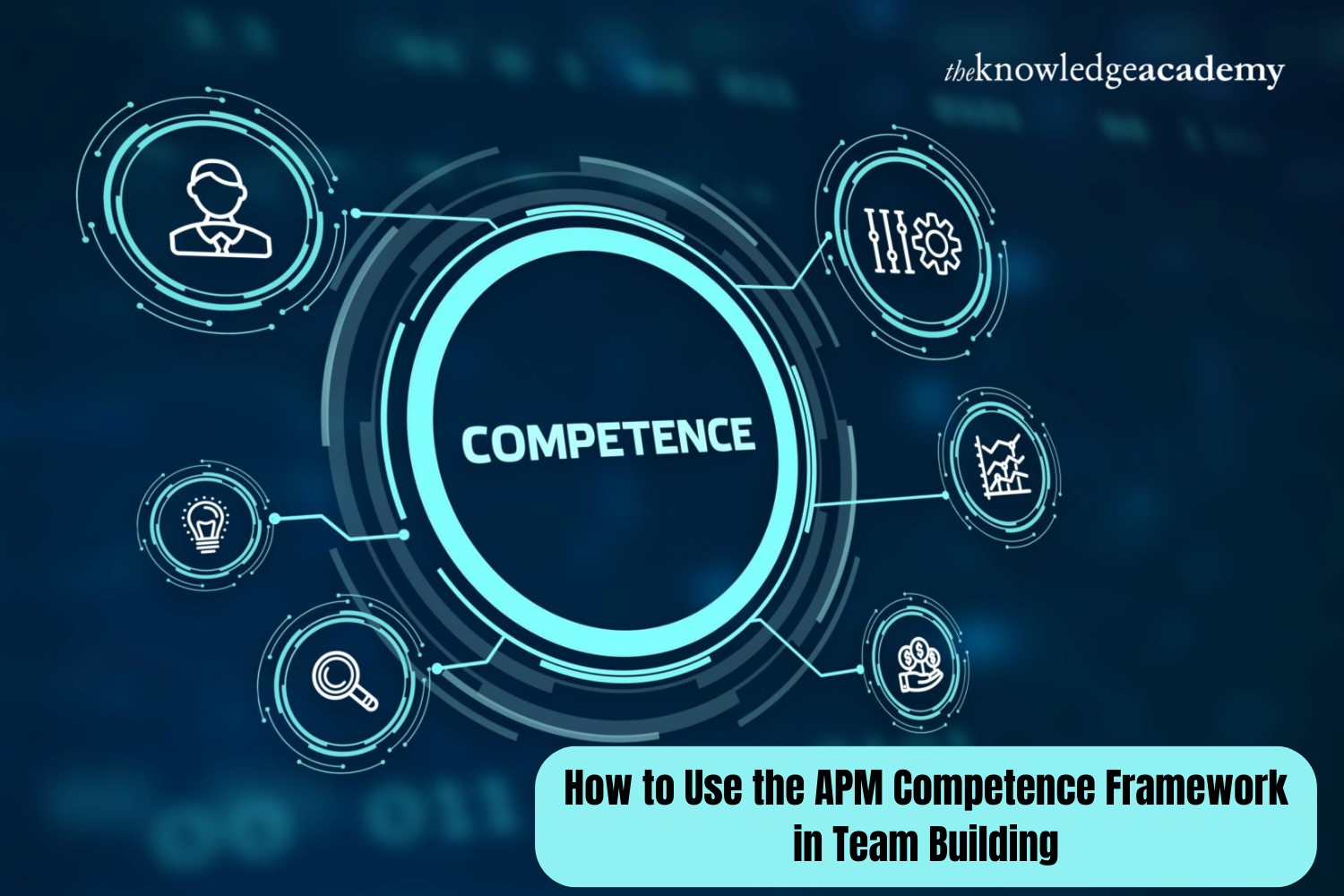What’s the real secret behind high-performing teams? It’s not just experience or motivation. It’s knowing how to align skills with responsibilities. An APM Course introduces you to tools that can do exactly that. One of the most powerful is the APM Competence Framework. If you use it right, this framework can help identify hidden gaps, guide development plans, and create teams that work better together. Curious how? Here is a simple step to using it effectively in your workplace.
Table of Contents
- Why Use an APM Competence Framework for Team Building
- Steps to Use the APM Competence Framework in Team Building
- Conclusion
Why Use an APM Competence Framework for Team Building
Building a strong project team goes beyond assigning roles; it requires understanding each member’s strengths and development areas. The APM Competence Framework offers a structured approach to assess and enhance skills within your team. This framework allows leaders to identify gaps, align competencies with project goals, and promote continuous growth. It ensures that everyone is equipped to handle challenges effectively, improving collaboration and performance. Whether developing new talent or strengthening existing teams, the APM Competence Framework provides a clear path to building capable, confident project professionals ready to deliver success.
Steps to Use the APM Competence Framework in Team Building
Below are the six key steps you can follow to make the most of the APM Competence Framework in your workplace:
Step 1: Understand the Structure of the APM Competence Framework
Get acquainted with the structure of the framework first. It comprises more than 20 competencies organised into three primary categories: contextual, behavioural, and technological. These include fundamental abilities such as communication, leadership, governance, and planning.
The division of each competency into performance levels aids in evaluating the breadth and depth of skills. By comprehending this layout, you can make more informed decisions about team development.
Step 2: Map Roles to Relevant Competences
Each team position requires a different set of skills. Using the framework, link job roles to the competencies they need. For example, a coordinator may concentrate on scheduling and resource management, whereas a team leader may require active stakeholder engagement.
This process produces clarity. It aids in setting expectations, directs hiring, and guarantees that candidates are compatible with the requirements of their position.
Step 3: Identify Strengths and Gaps in Your Team
Now, evaluate your team’s current state. This can be accomplished through team meetings, manager comments, or self-evaluations. The APM competency framework serves as a checklist, highlighting the skills that require improvement and those that are well-developed.
These discrepancies could be behavioural or technical. By identifying them early on, you can prevent issues later in the project lifecycle and respond with timely support.
Step 4: Create Individual Development Plans
Use specialised development plans to put findings into practice. The explicit learning objectives for each competency make building individual learning routes simpler. Incorporate this with knowledge gained from APM training to provide growth assistance methodically.
Tailored programmes increase motivation and guarantee that training time has a significant effect. They also assist people in pursuing long-term professional objectives.
Step 5: Align Team Skills with Project Phases
Different abilities are needed at different phases of a project. Planning and stakeholder involvement are the main priorities of the early stages, while monitoring, delivery, and handover are more important at later stages.
Utilise the framework to determine whether your team’s strengths align with the demands of the current stage. This will guarantee that the team performs consistently throughout the project and facilitate transitions.
Step 6: Track Progress and Adjust Along the Way
The framework should not be viewed as a one-off. Include it in your routine review procedure. Examine whether team performance has increased and whether any new gaps have emerged following significant milestones.
You may find that priorities shift or new gaps appear as team members take on new responsibilities. That is normal. The APM Competence Framework gives you a consistent method to reassess and readjust. With regular reviews, you keep the momentum going and make sure your team keeps growing stronger over time.
Conclusion
Stronger teams are not built by accident. They are shaped with the right tools and guidance. The APM Competence Framework is one of those tools. It gives you a clear way to assess, plan and grow your team’s abilities. Combined with insights from The Knowledge Academy, it can help turn potential into performance that delivers real results.
